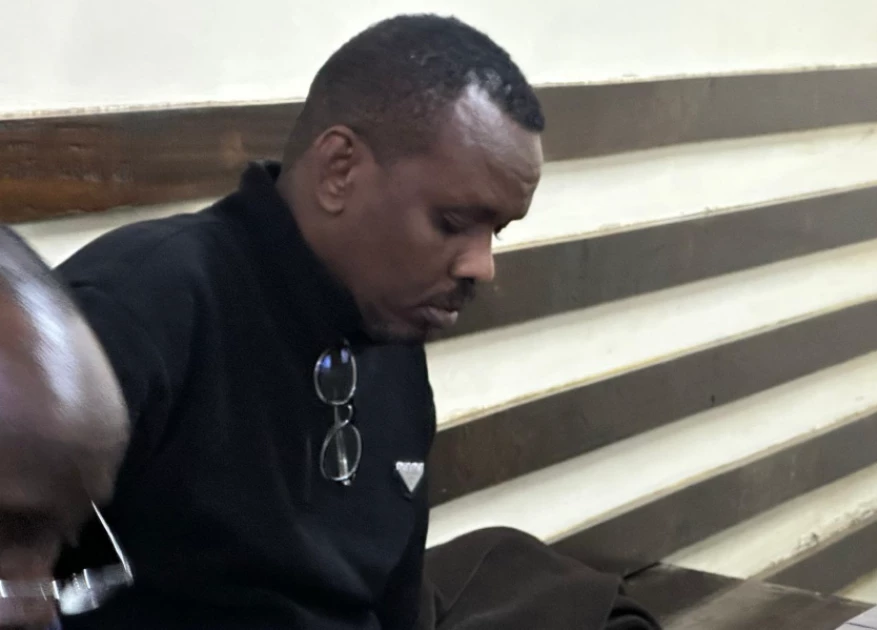Bullet from 2017 Eastleigh shooting can’t be linked to officer Ahmed Rashid’s gun - Court told

Police officer Ahmed Rashid in court for the hearing of his murder case on August 19, 2025. PHOTO | DZUYA WALTER | CITIZEN DIGITAL

Audio By Carbonatix
A senior police ballistic expert has told a Nairobi court that
a bullet recovered from a 2017 shooting incident in Eastleigh could not be
conclusively linked to any of the pistols submitted for forensic examination.
The Staffing Officer Administration (SOA) at the Regional DCI
Office in Kisumu, testified that he had previously worked at the Directorate of
Criminal Investigations (DCI) headquarters as a firearms examiner for over 20
years.
He was testifying in a case where police officer Ahmed Rashid
has been charged with the murder of two men along Eastleigh’s 4th Street on
March 31, 2017.
Rashid, who has long been known as a tough crime buster in
Eastleigh, is accused of executing the suspects in broad daylight; an incident
that was partly captured on video and later went viral, sparking public debate
on extra-judicial killings.
The expert told the court that on April 13, 2017, exhibits
were received at the DCI Ballistic Laboratory from PC Joseph Owenga and
registered under Lab Reference No. 215/2017.
A second batch of exhibits was later submitted on May 9, 2017
by PC Reuben Mwaniki and registered as Lab Reference No. 261/2017.
“I conducted a microscopic comparative analysis of the test
bullets fired from the submitted pistols, coded PA2 and PA3, against the
recovered exhibit bullet marked ‘A’,” the officer said.
According to his findings, bullet (A) bore six polygonal
rifling impressions with a right-hand twist, similar to those fired from pistol
PA2.
However, he explained that the bullet was too deformed—on its
base, rifling surface and tip—after hitting a hard surface, making it
impossible to conclusively match it to that specific gun.
“The deformation strained the dimensions and orientation of
the rifling impressions. While similarities were observed, they were not
sufficient for me to give a conclusive opinion,” he testified.
The officer further noted that polygonal rifling features can
appear in multiple firearms, but each weapon leaves unique microscopic markings
that must be clear and consistent to allow positive identification.
In total, 7 complete bullets and four bullet fragments were
submitted for analysis. The expert told the court that based on his
examination, he could not determine how many firearms had been used in the
incident.
He said only pistol PA2 displayed characteristics that came
close to those on exhibit (A), while another pistol, coded C1, had polygonal
features but was unsuitable for reliable comparison.
“In conclusion, my analysis established that although bullet
(A) shared some similarities with test bullets fired from PA2, the available
evidence was insufficient to conclusively prove that it was fired from that
particular firearm,” he told the court.


Leave a Comment